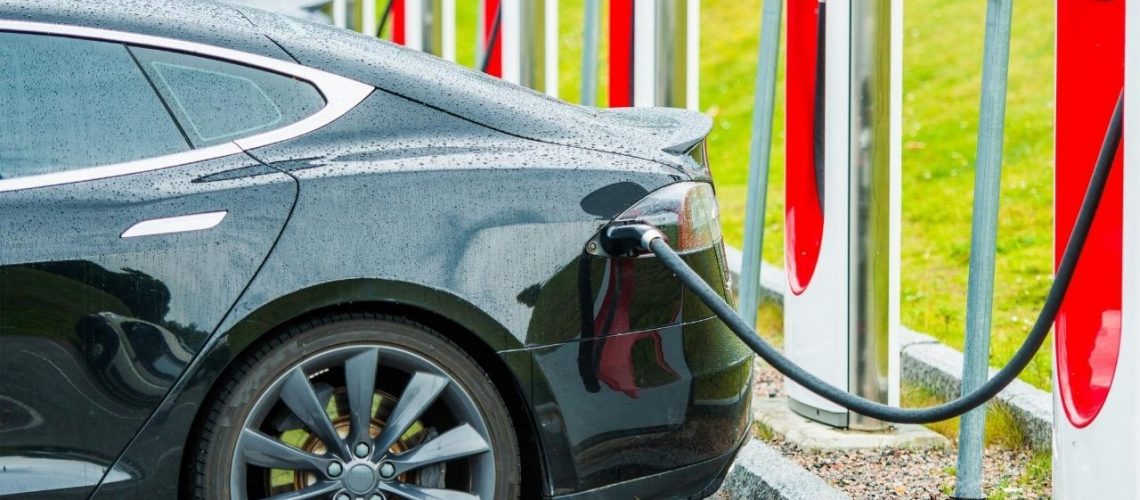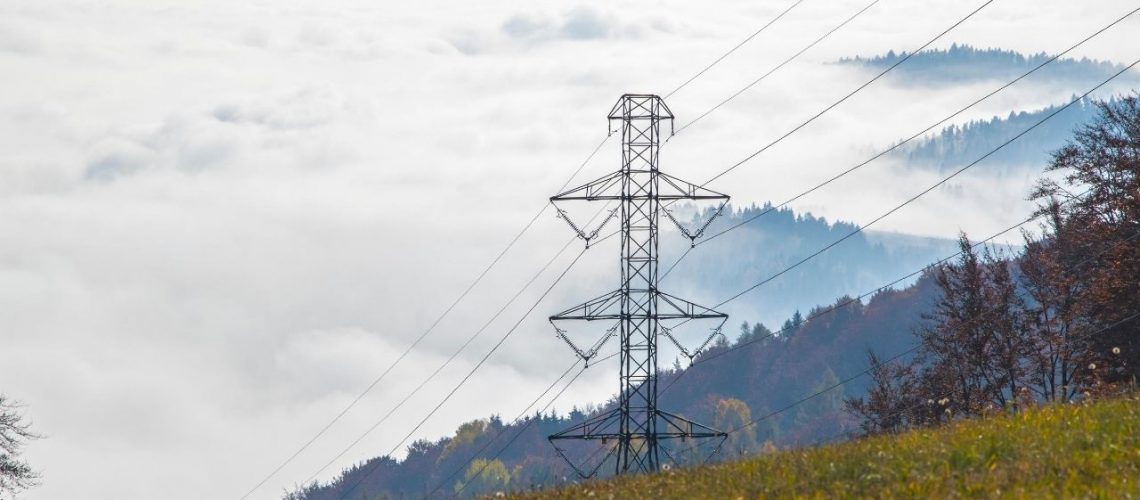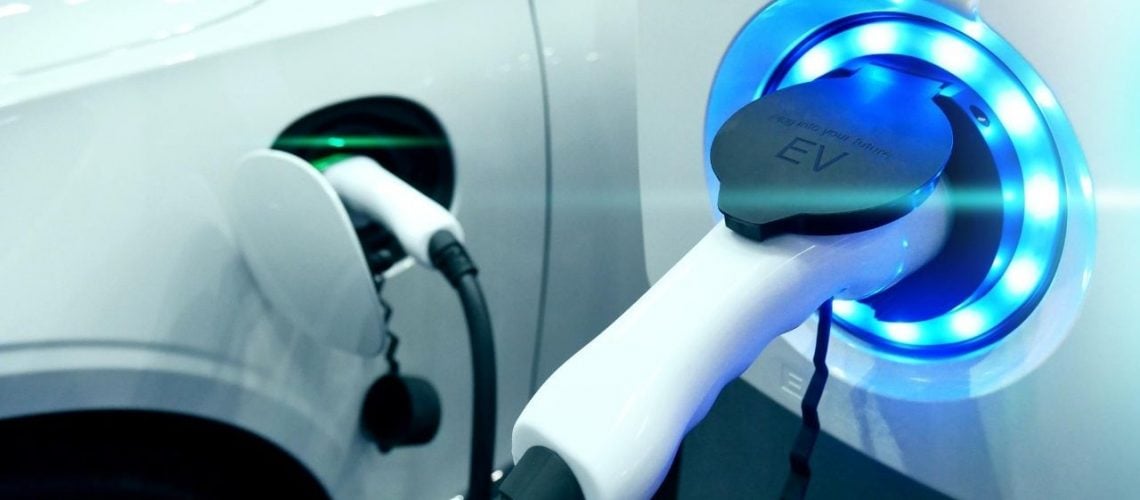The transition to electric vehicles (EVs) is bringing a sea of change in how battery makers, automotive manufacturers, governments, and sector professionals view the future of transportation. Often, the speed and scale of technological advancement outpaces the industry, and raises more questions than answers.
Environmental impact of electric car batteries
For instance: How can we be certain that the raw materials (lithium, cobalt, nickel, graphite) used in making lithium-ion batteries (LIBs) can sustain the skyrocketing demand for EVs we’ll see in the future?
We’ve estimated that by 2025, around 7% of passenger vehicle sales will be either electric or plug-in hybrid electric vehicles. But, that number will reach 38% by 2040, and will continue to rise. Looking toward an electrified future, you can see how critical it will be to secure LIB metals and ensure a robust supply of raw materials. Consider that we’ve already seen a nickel deficit develop and grow over the past few years. And we anticipate similar deficits in cobalt by 2026, and in lithium by 2032.
Nevertheless, automakers have generally avoided buying metals used in the LIB supply chain, opting to sign long-term battery contracts, primarily in Asia. A dense concentration of the supply chain materials makes securing these metals a unique challenge.
Last year, 64% of mined cobalt came from the DRC, while the process of converting spodumene into lithium chemicals is based almost exclusively in China. However, one solution gaining traction to bridge the supply divide is the recycling of these critical LIB metals.
Electric vehicle battery recycling obstacles
At the heart of the EV revolution is a desire to reduce our carbon footprint. Using recycled LIB metals instead of 'virgin material' reinforces the eco-friendly trajectory of the EV. Although recycling, despite its benevolent optics, comes with its own obstacles.
- For one, battery chemistries are constantly in flux, which means that even when new technologies are developed, their use in EVs will come gradually, and in a constant struggle to stay relevant.
- Secondly, the lower quantity of expensive material used in EV batteries is an asset when it comes to recycling, but this translates to less value per kg of quality material that’s recycled. The value of the raw materials decreases as energy densities improve. However, the overall value of the recycled material will increase as EVs grow in popularity and acceptance.
In many ways, sustaining the raw materials needed for the EV revolution is an exercise in both responsibility and creativity. For example, while large recycling facilities have until now been the norm, there will be a growing need for scalable recycling operations in the long run, including pre-processing—a modular process that safely size-reduces lithium-ion batteries, lowering transport costs and mitigating liability.
EV battery recycling opportunity for governments
But perhaps the greatest impediment to closing the loop on a comprehensive LIB recycling solution is the degree to which governments’ uncertainties have caused a lag in policy and progress.
The shift to EVs won’t come without speed bumps, but it’s encouraging to know we’ll never run out of gas. Expectations are that by the time substantial numbers of recycled LIB materials have entered Europe and North America, there will have been ample research and testing done to offer clarity to lawmakers and their respective governments.
New developments in the EV sector seem to run on a 24-hour news cycle—the temptation can be to get caught up in the advance of the moment—but it’s imperative to recognize both the long-term challenges—and potential—for the battery supply chain, and to develop recycling networks today that can fill the deficit in raw materials we’ll face tomorrow.
Want to learn more about EV battery recycling? Fill out this form to get our full report.



